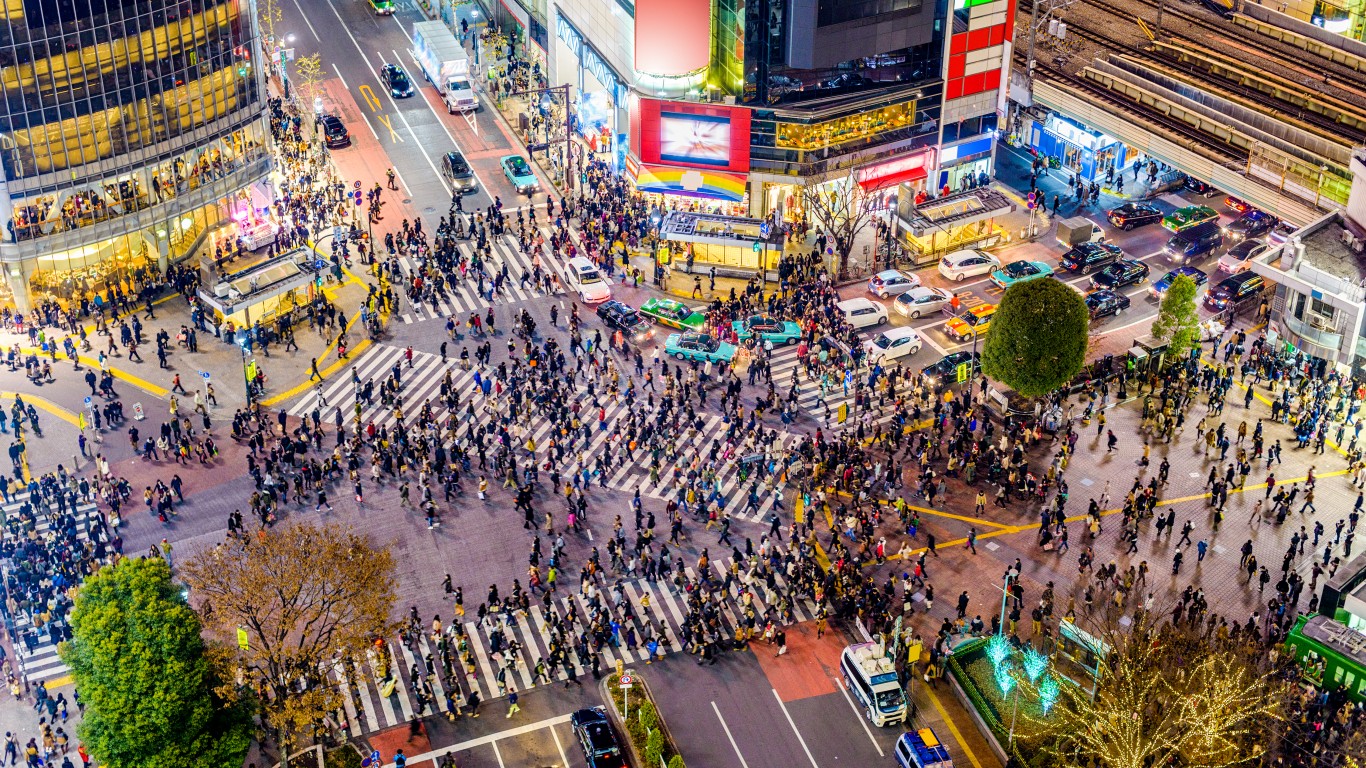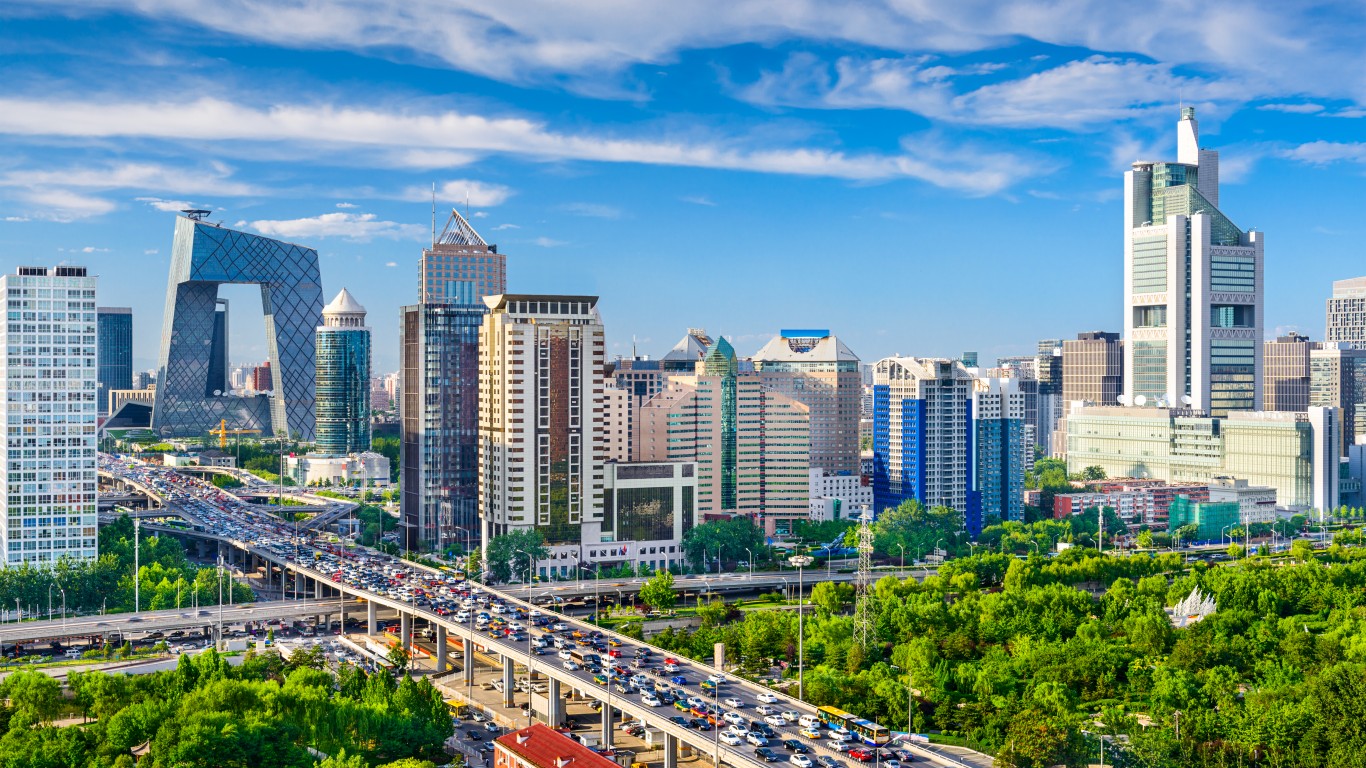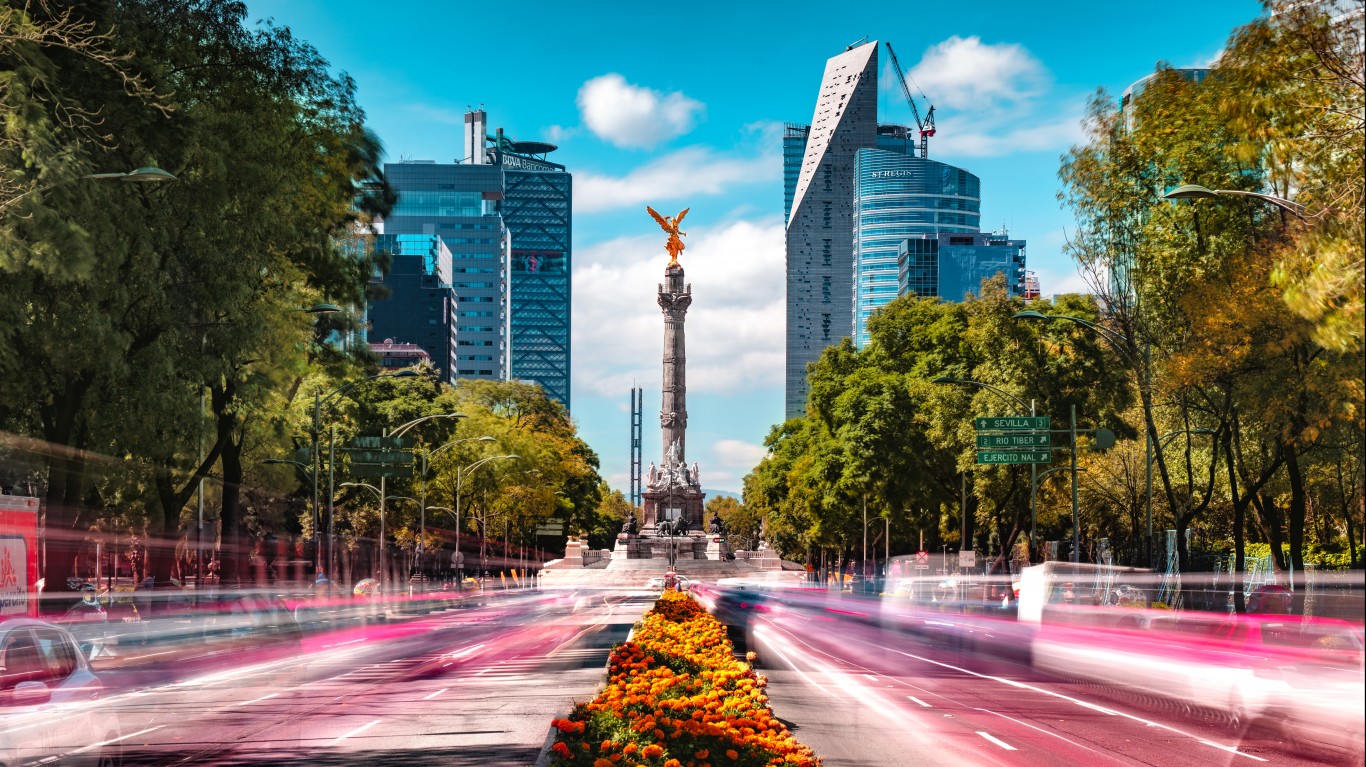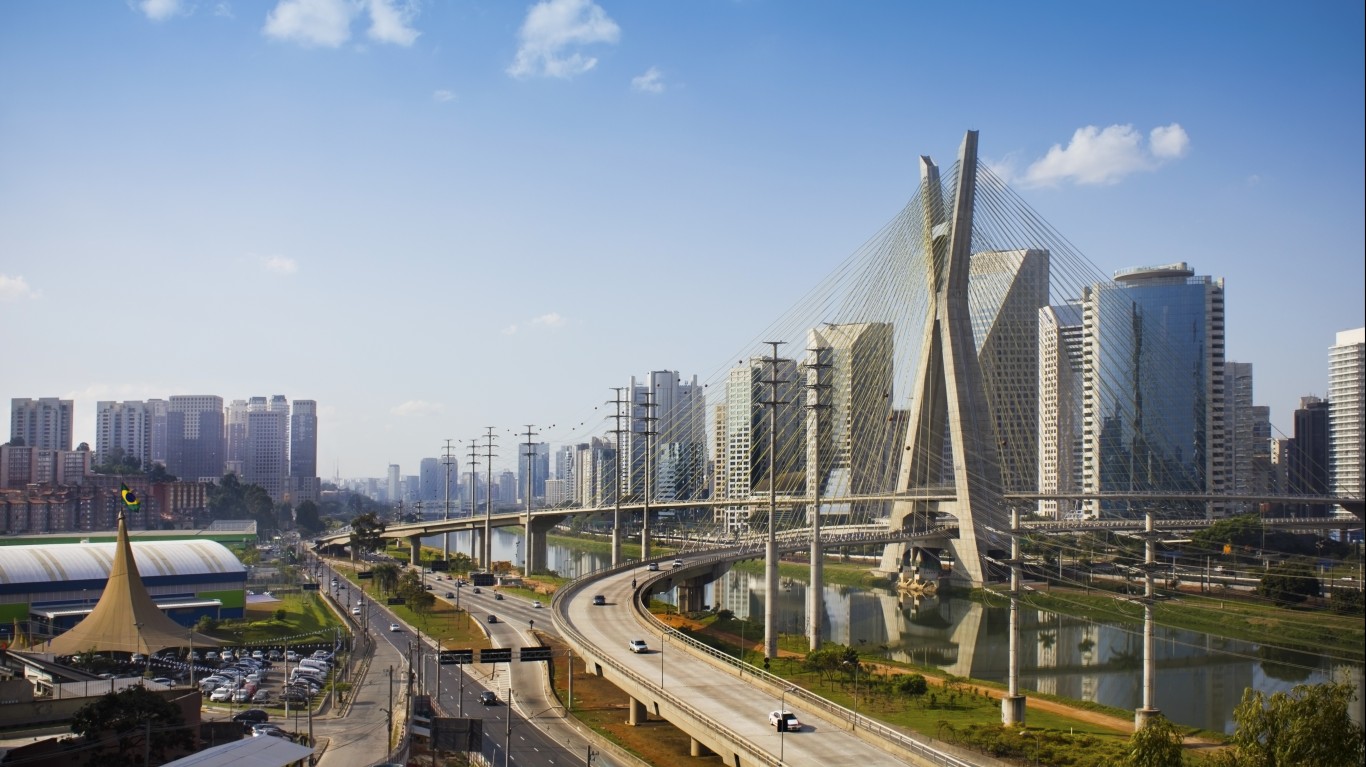
The world’s population grows by about 83 million people annually, and it stands to reason that the population of most cities grows along with it. Natural factors have something to do with the increase: Longer life spans in much of the world and increased accessibility to health care raise the birth rate and lower the rate of deaths. Economic opportunities that encourage immigration, from both within a country and without, also contribute.
As cities grow, so does our definition of impressive size. Back around 7000 B.C., Jericho — now a Palestinian city in the West Bank — was thought to be the world’s largest city. It had a population of about 2,000. Baghdad may have been the first city to reach a population of a million, around 900 A.D.
Today, nine urban agglomerations around the globe are home to more than 20 million people. Six of these are in Asia — with two each in the world’s most populous countries, China and India. Two more are in Latin America and one is on the African continent. These are just the leaders among the world’s 33 mega-cities.
Click here for 9 cities with more than 20 million people
In 2018, the United Nations published a list of the world’s 30 largest urban agglomerations ranked by population in five-year increments from 1950 through 2035 (the post 2020 numbers obviously being estimates).
According to the UN, “The term ‘urban agglomeration’ refers to the population contained within the contours of a contiguous territory inhabited at urban density levels without regard to administrative boundaries.” This typically includes the population of a core city along with that of adjacent suburban areas. Some countries produce data based on the city alone or its metropolitan area. In those cases, the UN attempts to adjust the numbers to conform to the urban agglomeration concept
Based on the UN’s statistics, the independent California-based data gathering and publishing organization World Population Review (WSR) has computed population estimates for 2021. According to those numbers, these are the 20 cities — or urban agglomerations — that currently have populations of more than 20 million. It’s probably not a surprise that most of these are among the world’s most stressed-out cities.

9. Beijing, China
> Estimated population in 2021: 20,896,820
The population of Beijing, China’s capital city, has been increasing rapidly since the mid-20th century, showing an average growth rate of about 20% per decade. Between 2000 and 2010 alone, the number of Beijing residents grew by 44% — and some authorities have estimated that the city’s population will reach 50 million by 2050.
[in-text-ad]

8. Mumbai, India
> Estimated population in 2021: 20,667,656
Mumbai — formerly known as Bombay — is India’s largest city by population, though Delhi (see No. 2) boasts the largest metropolitan area. The country’s most densely populated city, Mumbai, also India’s business capital, has seen its population more than double since 1991 — in large part due to the continuing arrival of job-seekers from other parts of the sub-continent.

7. Cairo, Egypt
> Estimated population in 2021: 21,322,750
The largest city in Egypt (second-place Alexandria has a mere 30% of its population) and the nation’s capital, Cairo, which is more than 2,000 years old, is also the most populous metropolis on the African continent and in the Arab world.

6. Dhaka, Bangladesh
> Estimated population in 2021: 21,741,090
The capital of Bangladesh and also its main economic and cultural center, Dhaka (sometimes spelled Dacca) is the sixth-most densely populated city in the world. It has about six times as many residents today as it did in 1950.
[in-text-ad-2]

5. Mexico City, Mexico
> Estimated population in 2021: 21,918,936
The Mexican capital is not only the second-largest city in the Americas (after São Paulo; see No. 4), but also home to more Spanish-speakers than any other city in the world. Its greater metropolitan area is comprised of 61 municipalities, two of which have populations of more than a million themselves.

4. São Paulo, Brazil
> Estimated population in 2021: 22,237,472
The largest city in Brazil and in the Americas as a whole — and also by far the largest Portuguese-speaking city — São Paulo had a population of only 2,334,038 in 1950, about one tenth of the current number. In addition to native Brazilians, it has benefited economically, socially, and culturally from a large influx over the past century or so of immigrants from Europe and Asia.
[in-text-ad]

3. Shanghai, China
> Estimated population in 2021: 27,795,702
China’s largest city, Shanghai is also one of the world’s fastest growing ones, increasing by double-digits in almost every year since 1992. A major financial capital, it has long drawn people from other parts of the country, and long-term migrant workers are said to represent almost 40% of the city’s population.

2. Delhi, India
> Estimated population in 2021: 31,181,376
The urban agglomeration of Delhi, which incorporates the Indian capital, New Delhi, is one of the world’s fastest growing cities, and the largest in India in both population and area. That population has increased by almost 900,000 since 2015 alone, reflecting both natural growth and immigration.

1. Tokyo, Japan
> Estimated population in 2021: 37,339,804
The world’s most populous city, Tokyo has seen its population more than triple since 1950. However, it has shrunk slightly since 2015, to the tune of 0.14%. Today home to about a quarter of the country’s population, Tokyo has always been Japan’s largest city. In the 18th century, when it was still known by its old name of Edo, it became the first Asian city whose population exceeded a million.
Find a Qualified Financial Advisor (Sponsor)
Finding a qualified financial advisor doesn’t have to be hard. SmartAsset’s free tool matches you with up to 3 fiduciary financial advisors in your area in 5 minutes. Each advisor has been vetted by SmartAsset and is held to a fiduciary standard to act in your best interests. If you’re ready to be matched with local advisors that can help you achieve your financial goals, get started now.
Thank you for reading! Have some feedback for us?
Contact the 24/7 Wall St. editorial team.
